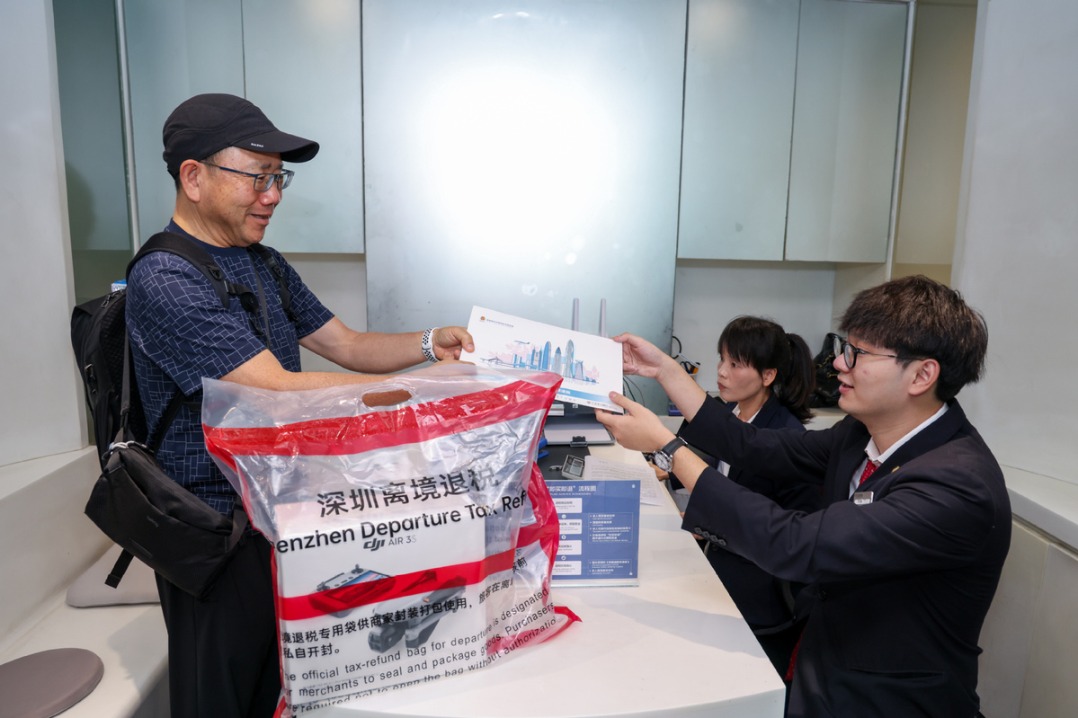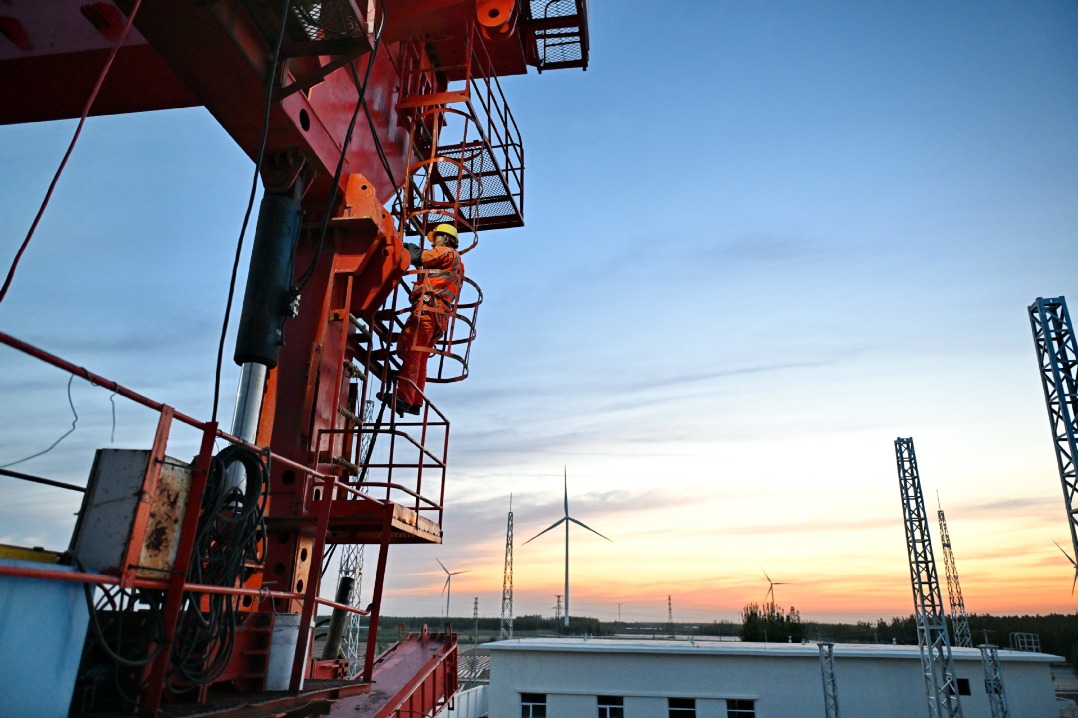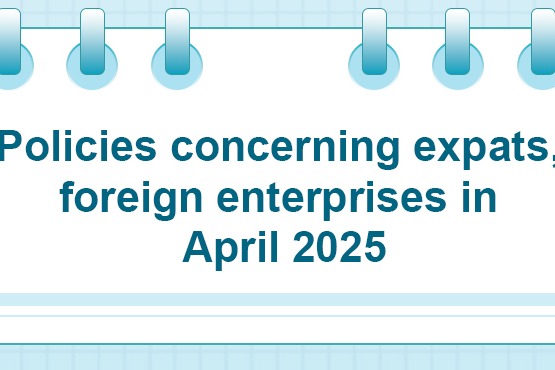Green collaboration promises brighter future

In his keynote speech on Thursday advocating for China and Africa to advance modernization, Chinese President Xi Jinping stated: "We should jointly advance modernization that is eco-friendly. Green development is a hallmark of modernization in the new era."
In recent years, China and African countries have intensified cooperation in green development, and are striving to include green development in cooperation mechanisms in various fields, while promoting the high-quality development of the Belt and Road Initiative and implementing the action plans of the Forum on China-Africa Cooperation, in order to build a brighter future for China-Africa ties.
First, China-Africa cooperation projects have created green spaces in African cities. Climate change has increased the frequency of extreme weather events, including the urban heat island effect in cities and surrounding areas, making coastal communities even more vulnerable to climate-related disasters. Preserving and creating more green urban spaces can reduce the risks associated with urban flooding and heat waves.
For example, the 870,000-square-meter Malabo National Park in Equatorial Guinea, built by a Chinese company, is the country's first inclusive city park and has become a green urban landscape. And the riverside green development project in the Ethiopian capital of Addis Ababa, China's first overseas park construction project, has not only created an inclusive city square but also has reduced pollution and ecological degradation, strengthening the two sides' consensus on green development.
Second, China and Africa are jointly promoting the "Great Green Wall" program, a project adopted by the African Union in 2007 and initially conceived as a means to prevent desertification in the Sahel region and stop the expansion of the Sahara Desert, by planting a wall of trees stretching across the entire Sahel region.
Africa is the region most seriously affected by desertification, with about 45 percent of its land facing varying degrees of desertification. The goal of the "Great Green Wall" project is to restore 100 million hectares of degraded land and capture about 250 million tons of carbon dioxide, creating 10 million jobs in the process by 2030.
In 2017, the Xinjiang Institute of Ecology and Geography of the Chinese Academy of Sciences signed a memorandum of understanding with the Pan-African Agency for the "Great Green Wall" project, including establishing a research center. They have been working together to improve African countries' ability to control desertification by taking measures such as ecosystem monitoring, sustainable use of land resources, talent training and technology transfer.
China and Africa have been working together to address grassland degradation and shrub encroachment in Ethiopia, too, and their endeavor has helped restore vegetation. New technologies and solutions provided by China for controlling desertification and curbing the erosion of quicksand in the Mauritanian capital of Nouakchott have produced good results as well.
Third, China-Africa cooperation in green energy has helped reduce Africa's energy deficit. Africa is facing the daunting challenge of ensuring energy security and combating climate change. Some 600 million African people don't have access to electricity and about 900 million people don't have access to clean cooking fuel. Although Africa is rich in green energy resources such as solar and wind energy, hydropower and geothermal energy, they have not yet been fully developed due to a lack of funding, technologies and infrastructure.
As global leaders in green energy, Chinese enterprises have been steadily advancing China-Africa green energy cooperation, thanks to their advantages in technologies, equipment and management experience, and helping Africa's energy sector realize green transformation and reduce its energy deficit.
Besides, the De Aar wind power project in South Africa, China's first wind power project in Africa in terms of investment, construction and operation, can supply 760 gigawatt hours of clean energy annually. And the Chinese-built solar power plant in Garissa, Kenya, is the largest grid-connected solar power plant in East Africa; it can generate more than 760 MWh of electricity a year. The cumulative installed capacity of photovoltaic power stations in Africa co-built by Chinese and African enterprises has exceeded 1.5 GW.
And fourth, China-Africa cooperation promotes the green development of African industries, with African countries eager to seize the opportunity to realize overall green transformation, use their rich natural resources and market potential to attract more investments to their green, low-carbon industries, and upgrade the value chain of their green industries.
Thanks to their deepening cooperation with African companies, Chinese enterprises are transferring more and more green products and technologies to Africa and helping the continent move toward green industrialization.
Moreover, an increasing number of African enterprises are seeking Chinese green technologies to promote the local production of electric vehicles (EVs) because China is a global leader in the field. For example, Chinese automaker BYD has partnered with a Rwandan company to build 40,000 electric motorcycles in Kenya and Rwanda by the end of 2026.
On the other hand, Ethiopia's Hawassa Industrial Park, designed and built by a Chinese enterprise, is Africa's first zero-emission textile industrial park and a milestone project in the country's industrialization. Technologies used by the Chinese textile industry have helped the Ethiopian park to recycle up to 85 percent of its wastewater. The government of Ethiopia has invested in more than 10 similar industrial parks in the country based on the Hawassa model.
The climate crisis, which is worsening due to rising emissions and pollution levels, is one of the most serious crises facing the world. China-Africa cooperation in green development has been playing an important role in addressing the climate crisis, advancing the high-quality development of the Belt and Road Initiative and establishing a harmonious relationship between humans and nature.
The China-Africa Dialogue on Environment and Climate Change in August launched an initiative to strengthen cooperation in green and sustainable development, urging China and Africa to hold dialogue and consultations on environmental and climate policies, and share the best practices in areas such as climate mitigation and adaptation, biodiversity conservation and reducing environmental pollution.
Following this year's FOCAC Summit, China and Africa have the opportunity to embark on a new chapter in green and sustainable development.
The views don't necessarily reflect those of China Daily.
The author is an associate researcher of China-Africa Institute at the Chinese Academy of Social Sciences.




































